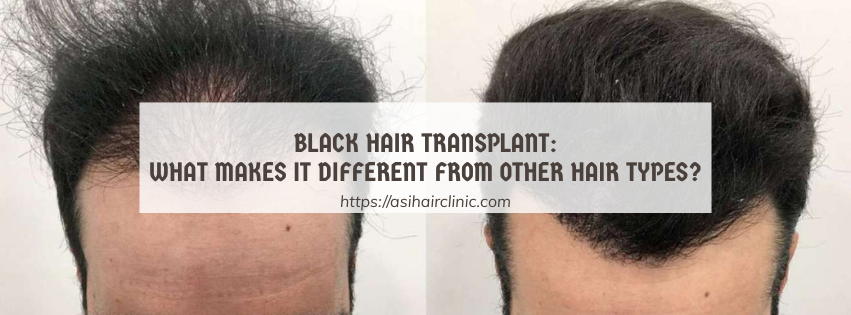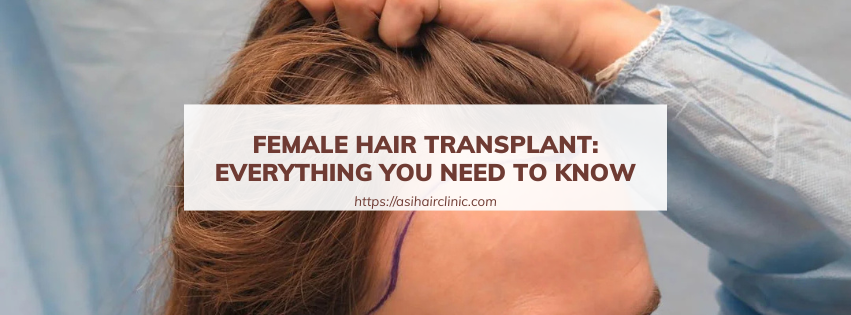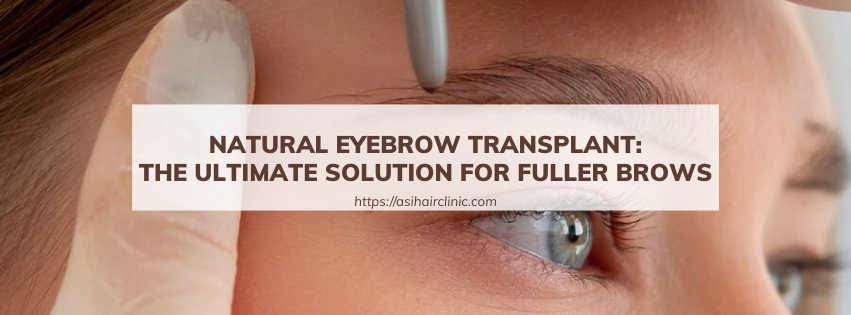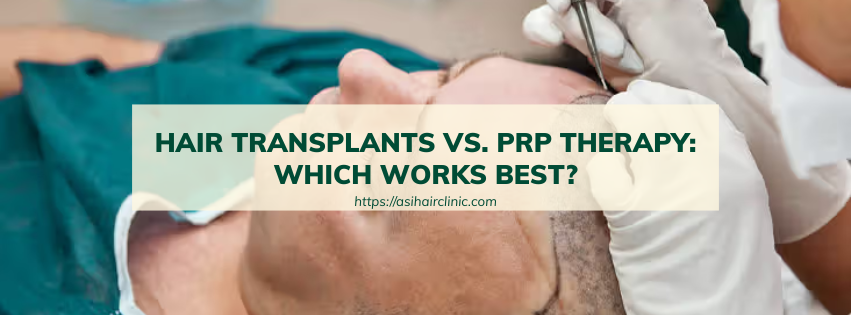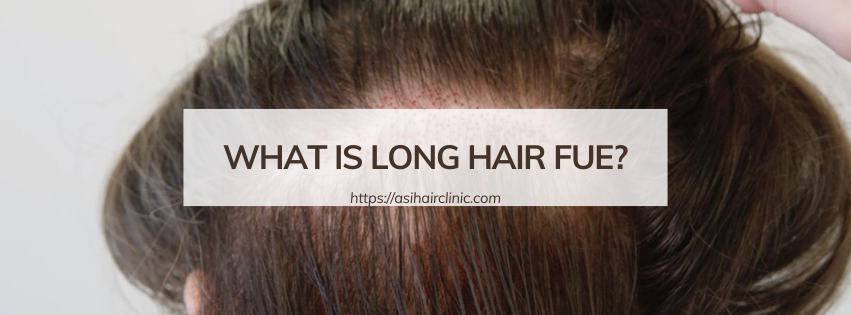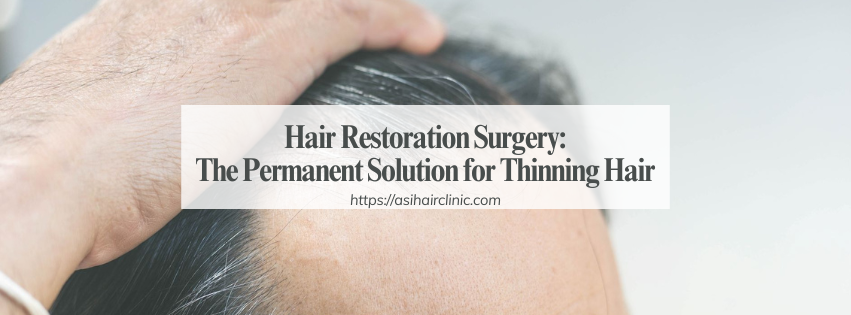How Does Hair Grow From the Scalp?
How does hair grow from the scalp? This seemingly simple question unlocks a world of biological complexity and intrigue. Hair is not just an aesthetic component; it serves various essential functions in our lives, from providing protection to playing a role in social interactions. Understanding how hair emerges from the scalp involves delving into the multifaceted processes that govern hair growth, including genetics, hormones, and nutrition. As we navigate this journey from follicle to strand, we will uncover the remarkable science behind one of humanity's most cherished traits.
1. The Anatomy of Hair Follicles
The foundation of hair growth lies within tiny, complex structures known as hair follicles. These miniature organs are embedded in the dermis layer of the skin and play a crucial role in generating individual strands of hair. Each hair follicle can be compared to a factory, continuously producing new hair cells that eventually push through the scalp.
1.1. The Structure of Hair Follicles
Hair follicles consist of several vital components that contribute to their function:
Epithelial Cells: These cells form the core and outer layers of the hair shaft. They are responsible for producing keratin, the primary protein in hair, and help define the hair's characteristics such as thickness and texture. The health of the epithelial cells is crucial since they directly influence the strength and quality of the hair produced.
Dermal Papilla: This small, cone-shaped structure at the base of the follicle is essential for hair growth. It contains blood vessels that supply nutrients and oxygen to the follicle, while also sending signals to regulate hair growth. Think of the dermal papilla as the brain of the hair follicle, orchestrating the growth process and ensuring that the hair receives what it needs to flourish.
Hair Bulb: The hair bulb is the expanded part of the follicle, where active hair growth takes place. It houses the actively dividing cells that form the hair shaft. During the anagen phase, these cells multiply rapidly, pushing older cells upwards and forming the visible hair strand.
Sebaceous Glands: These glands produce sebum, an oily substance that helps lubricate and protect both the hair shaft and the scalp. Sebum keeps the hair hydrated and healthy, preventing dryness and brittleness.
Erector Pili Muscle: Attached to each hair follicle, these tiny muscles contract in response to cold or emotional stimuli, causing the hair to stand on end. This involuntary reaction is often referred to as "goosebumps" and serves as a mechanism for warmth retention.
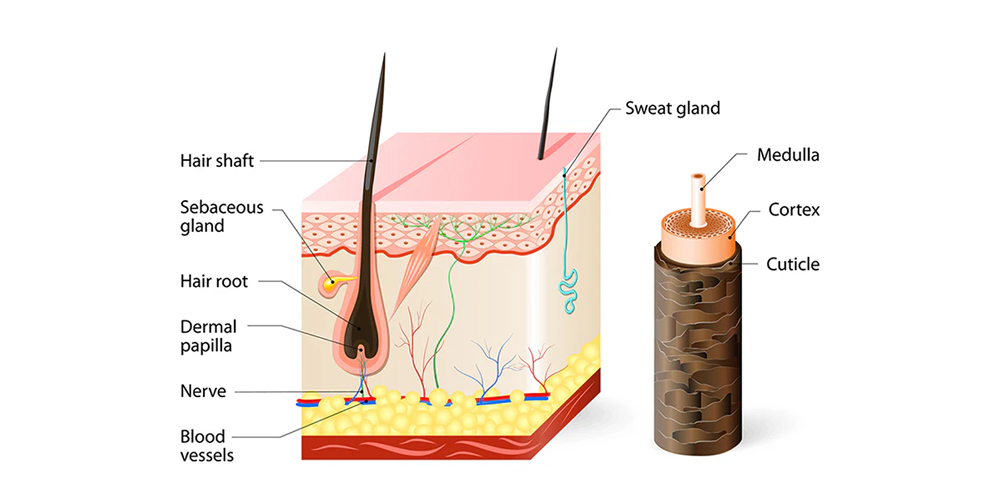
1.2. The Role of Hair Follicles in Hair Growth
Hair follicles are dynamic structures, constantly undergoing changes throughout their lifecycle. Every follicle has its own unique growth pattern and cycle, which can be heavily influenced by genetic and hormonal factors. When we understand the anatomy of hair follicles, we gain insights into common hair-related issues like thinning or hair loss.
Each follicle operates independently, meaning that while some hairs are in the growth phase, others may be resting or shedding. This independent functioning allows us to maintain a relatively consistent appearance when it comes to hair coverage.
2. The Hair Growth Cycle: Anagen, Catagen, and Telogen
Hair growth is not a linear process but rather a cyclical one, consisting of three distinct phases: anagen, catagen, and telogen. Each phase plays a critical role in determining the overall health and longevity of our hair.
2.1. Anagen Phase: The Growth Phase
The anagen phase is the longest and most critical stage of the hair growth cycle. Lasting anywhere from two to seven years, this phase is characterized by rapid cell division and hair production.
During this period, the hair follicle is actively engaged in creating new hair cells. These cells are generated at the base of the hair bulb and pushed upward, forming the hair shaft. On average, hair grows approximately half an inch per month during this phase. Factors such as age, genetics, and overall health can influence both the duration of this phase and the rate of hair growth.
The anagen phase represents a period of abundance and vitality for hair. Optimal conditions-such as sufficient nutrient intake and low stress levels-can enhance the hair growth experience during this time. Consequently, individuals who prioritize self-care practices may find their hair flourishing.
2.2. Catagen Phase: The Transitional Phase
Following the anagen phase is the catagen phase, a shorter transitional stage lasting about two to three weeks. During this time, the hair follicle undergoes significant changes.
The follicle begins to shrink, and hair growth comes to a halt. During this phase, the hair detaches from the dermal papilla, preparing itself for the final phase of the cycle. The catagen phase serves as a necessary transition between active growth and resting, allowing the follicle to make adjustments for the next cycle.
While this phase may seem unremarkable, it plays a crucial role in maintaining the overall health of the hair. By temporarily pausing hair production, the body can assess the follicle's condition and prepare for the renewal process. The catagen phase may also act as a protective measure against environmental stressors that could damage the hair if growth were to continue uninterrupted.
2.3. Telogen Phase: The Resting Phase
The telogen phase is the final stage of the hair growth cycle, lasting around three months. During this phase, the hair follicle enters a period of rest, and the hair shaft remains attached but ceases to grow. Eventually, the hair naturally falls out, giving way for new hair to begin its growth cycle.
Approximately 85-90% of the hair on our head is normally in the anagen phase at any given time, with the remaining hairs distributed between catagen and telogen phases. This continuous cycle ensures that our scalp remains covered, with older hairs being shed as new ones emerge.
Understanding the cyclical nature of hair growth can provide reassurance during times of hair shedding. Many people experience seasonal changes in hair growth or temporary shedding due to stress or hormonal fluctuations. Recognizing that shedding is a natural part of the cycle can alleviate unnecessary concern.
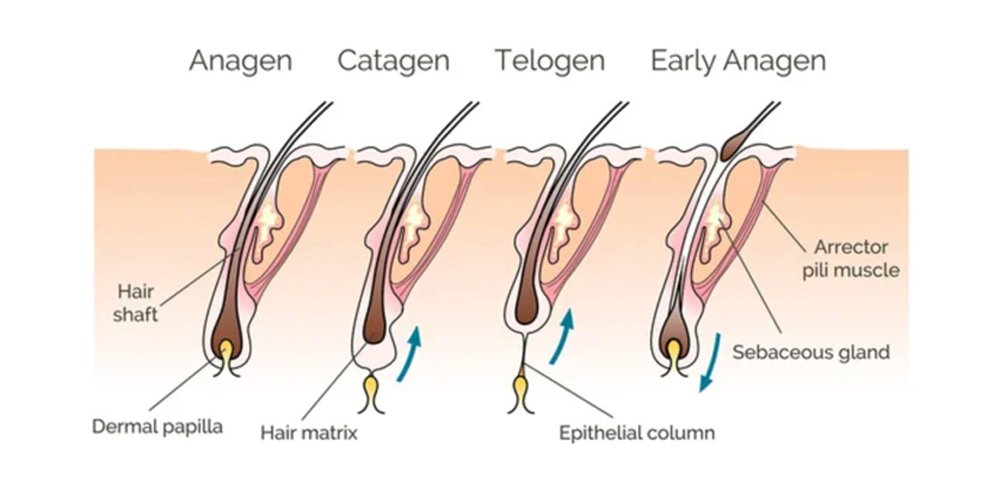
3. The Interplay of Genetics and Hormones in Hair Growth
The hair growth cycle is intricately influenced by a myriad of factors, among which genetics and hormones stand as primary determinants. Understanding this interplay can shed light on the reasons behind varying hair types, densities, and growth rates across individuals.
3.1. The Role of Hormones
Hormones are powerful regulators of bodily functions, including hair growth. Androgens, particularly testosterone, significantly impact hair follicles. Elevated androgen levels can lead to shortened anagen phases and increased hair shedding, often resulting in conditions like androgenetic alopecia (male or female pattern baldness).
Other hormones, such as thyroid hormones and growth factors, also contribute to hair growth regulation. Fluctuations in these hormones can lead to varying hair characteristics, from growth rates to overall texture. For instance, during pregnancy, women experience elevated estrogen levels, which can extend the anagen phase and result in thicker, fuller hair.
Understanding the role of hormones extends beyond mere biology; it reveals a glimpse into the emotional and psychological aspects of hair identity. Changes in one's hair due to hormonal shifts can impact self-image and confidence, emphasizing the complex relationship between hair and personal identity.
3.2. The Genetic Blueprint
Genetics dictate many of our hair characteristics, including color, texture, and growth rate. The genes we inherit from our parents can predispose us to certain hair conditions, including hereditary hair loss.
Individuals with a family history of hair loss are more likely to experience similar issues as they age. Genetic variations can also influence the density of follicles, affecting the overall volume of hair. While we cannot alter our genetic makeup, understanding our inherited traits can provide insight into managing our hair more effectively.
Genetic expression is a fascinating area of study. Researchers are continuously exploring how specific genes are activated in relation to hair growth. By unlocking these genetic secrets, scientists may develop targeted therapies to combat hair loss and improve hair health.
4. Nutrition and Lifestyle Impact on Hair Growth
Maintaining a healthy diet and lifestyle is paramount for optimal hair growth. Essential nutrients support the intricate processes occurring within the hair follicle.
4.1. Key Nutrients for Healthy Hair
Protein is foundational to hair health, as hair strands are primarily composed of a protein called keratin. Consuming adequate protein through sources such as lean meats, legumes, and dairy ensures that follicles receive the necessary building blocks to synthesize new hair cells. Without sufficient protein intake, hair may become weak, brittle, and prone to breakage.
Iron is another critical nutrient that aids in oxygen transport throughout the body. A deficiency in iron can lead to hair shedding and reduced growth. Foods rich in iron include leafy greens, red meat, and beans.
Biotin, a member of the B vitamin family, is essential for cell growth and metabolism, including the growth of hair and nails. Incorporating biotin-rich foods such as eggs, nuts, and avocados can promote a healthy environment for hair to thrive.
Zinc and vitamin D also play pivotal roles in hair health. Zinc supports protein synthesis and DNA repair, while vitamin D facilitates cell growth and differentiation within hair follicles. Ensuring adequate intake of these nutrients creates a nourishing environment conducive to hair growth.

4.2. The Importance of a Balanced Lifestyle
Beyond nutrition, lifestyle choices significantly impact hair health. Chronic stress can disrupt the hair growth cycle, leading to increased shedding and slower growth. Practicing stress management techniques such as meditation, exercise, and mindfulness can foster a healthier state of mind and positively influence hair growth.
Additionally, excessive sun exposure can harm hair follicles, leading to damage and loss. Protective measures such as wearing hats or using UV-protectant hair products can shield your hair and scalp from harmful rays.
Personal grooming habits also play a role in hair health. Excessive heat styling, tight hairstyles, and chemical treatments can weaken hair and damage follicles over time. Embracing a more natural approach to hairstyling can help maintain the integrity of your hair.
5. External Factors Influencing Hair Growth
Various external factors can significantly impact hair growth and overall health. Understanding these influences can empower individuals to make informed decisions regarding their hair care routines.
5.1. Stress and Its Consequences
Chronic stress can wreak havoc on the body, and hair growth is no exception. Prolonged stress may lead to disruptions in the hair growth cycle, resulting in increased shedding and slower growth. This phenomenon, known as telogen effluvium, occurs when a significant number of hair follicles enter the telogen phase prematurely.
Recognizing the link between stress and hair health can motivate individuals to adopt healthier coping mechanisms. Engaging in hobbies, seeking professional therapy, and fostering supportive relationships can create a more balanced emotional state that promotes hair vitality.
5.2. The Impact of Sun Exposure
Excessive sun exposure can cause extensive damage to hair follicles and the scalp. Ultraviolet (UV) rays can weaken the structural integrity of the hair shaft, leading to dryness and brittleness. Moreover, prolonged sun exposure may result in a condition known as scalp sunburn, which can further exacerbate hair loss.
To mitigate the effects of sun exposure, one can wear hats, use UV-blocking hair products, or limit direct sunlight hours. Staying vigilant about sun protection can preserve not only the health of your hair but also the overall well-being of your scalp.
5.3. Medications and Their Effects
Certain medications can have unintended consequences on hair growth. Chemotherapy drugs, for example, target rapidly dividing cells, leading to temporary or permanent hair loss as a side effect. Understanding potential medication side effects can prompt patients to discuss alternative options with healthcare providers.
Furthermore, hormonal medications like birth control pills can influence hair growth patterns. Some women may experience changes in hair density or texture due to alterations in hormone levels. Open communication with medical professionals can help address hair concerns stemming from medication use.
Conclusion
In conclusion, the journey of hair growth from the scalp is a complex and captivating process that underscores the intricate interplay of biological factors. From the architecture of hair follicles to the cyclical nature of growth phases and the influence of genetics, hormones, and nutrition, each element contributes to the health and appearance of our hair. Recognizing the importance of these factors empowers individuals to make informed choices regarding their hair care routines and seek professional assistance when experiencing excessive shedding or thinning.
Understanding how hair grows from the scalp offers us a deeper appreciation for this remarkable biological feature that plays a vital role in our physical appearance and overall well-being. By nurturing our hair through proper nutrition, a balanced lifestyle, and awareness of external influences, we can celebrate this crowning glory with confidence.
LATEST POSTS

